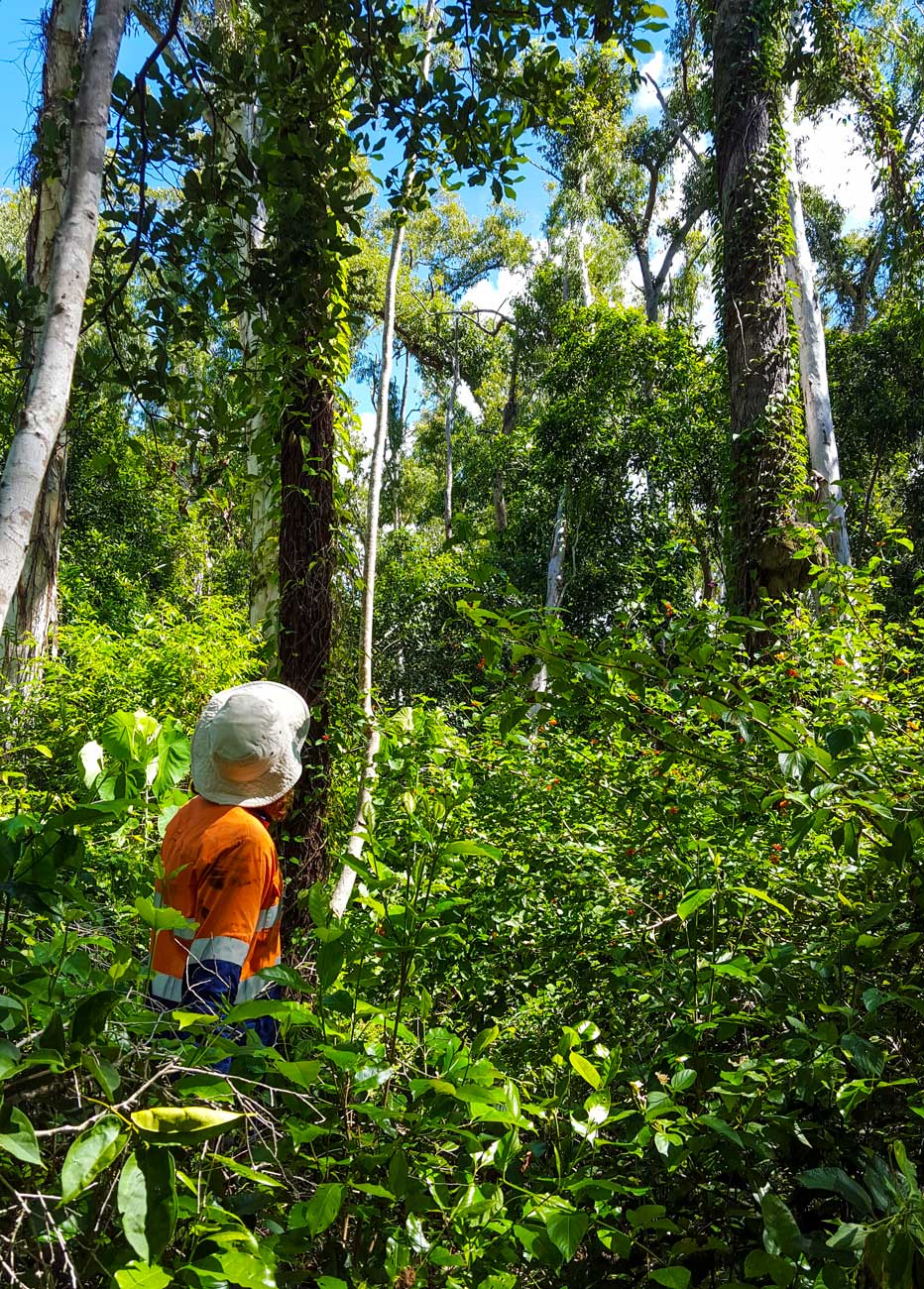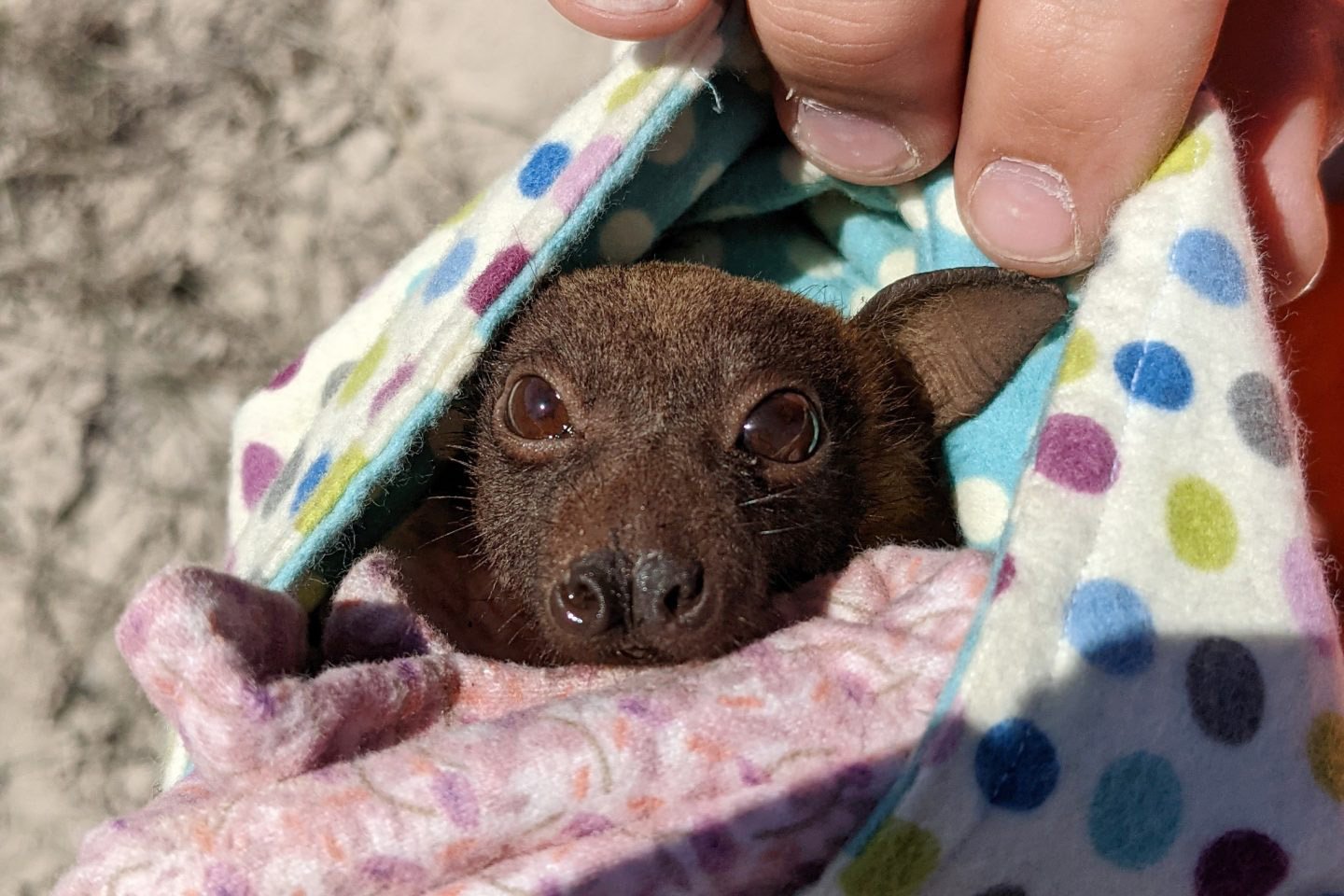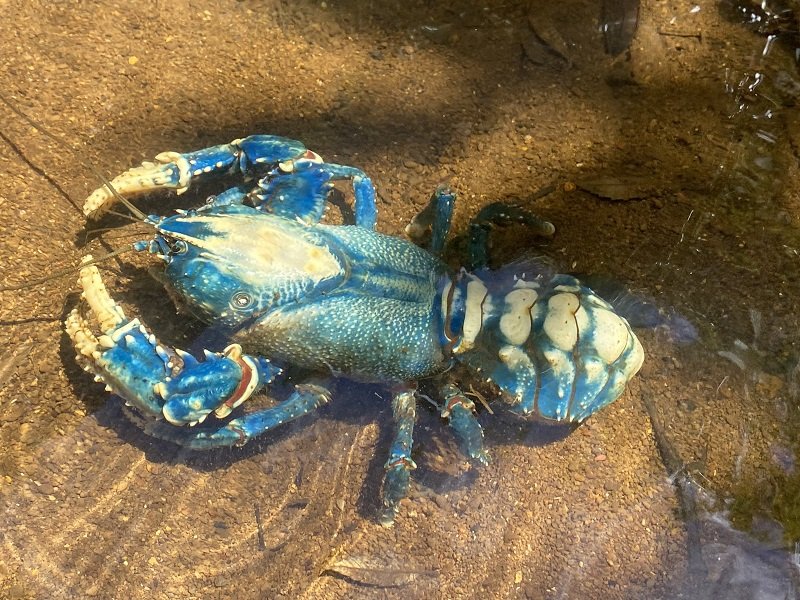Services
Assisted regeneration
Ecosure delivers superior restoration results using assisted regeneration across a broad range of ecosystems. Assisted regeneration involves removing obstacles that impede natural regeneration and recovery. This is regularly done by applying a range of weed control techniques that are applied in a way that releases the soil seedbank, and native plants are supported through ongoing and well-timed follow up weed control and maintenance. The recovery of vegetation may also be accelerated when other pressures are removed e.g. track closure, fencing to limit stock to certain areas, erosion control etc.

Assisted regeneration is based on a method of bush regeneration developed in the 1960’s by the Bradley sisters. The ‘Bradley method’ has directly influenced more contemporary ecological restoration approaches and techniques with some changes and exceptions including the use of herbicide to maximise ground coverage and applying more appropriate ‘ecological disturbance’.
Our team actively works sites based on a number of principles:
- We often begin work in the more resilient, least infested areas of a site if access is possible, and progress into the more heavily infested, less resilient sections of the site. Expanding from the ‘core’ areas often results in better environmental outcomes and more efficient use of resources. Exceptions to this rule however do apply especially when dealing with certain weed species such as cat’s claw creeper and Madeira vine.
- Our team ensures that the soil seedbank and natural conditions are kept intact. Our team are skilled in identifying native vegetation including seedlings and ensuring minimal off-target impact.
- We let the site set the pace. As a site regenerates, our team ensures we support that recovery through well-timed follow weed control and maintenance before opening up larger parts of the site.
Ecosure has a skilled team of restoration ecologists and practitioners, and we regularly work on 100’s of sites requiring assisted regeneration, simultaneously balancing primary weed control with follow up and maintenance.



